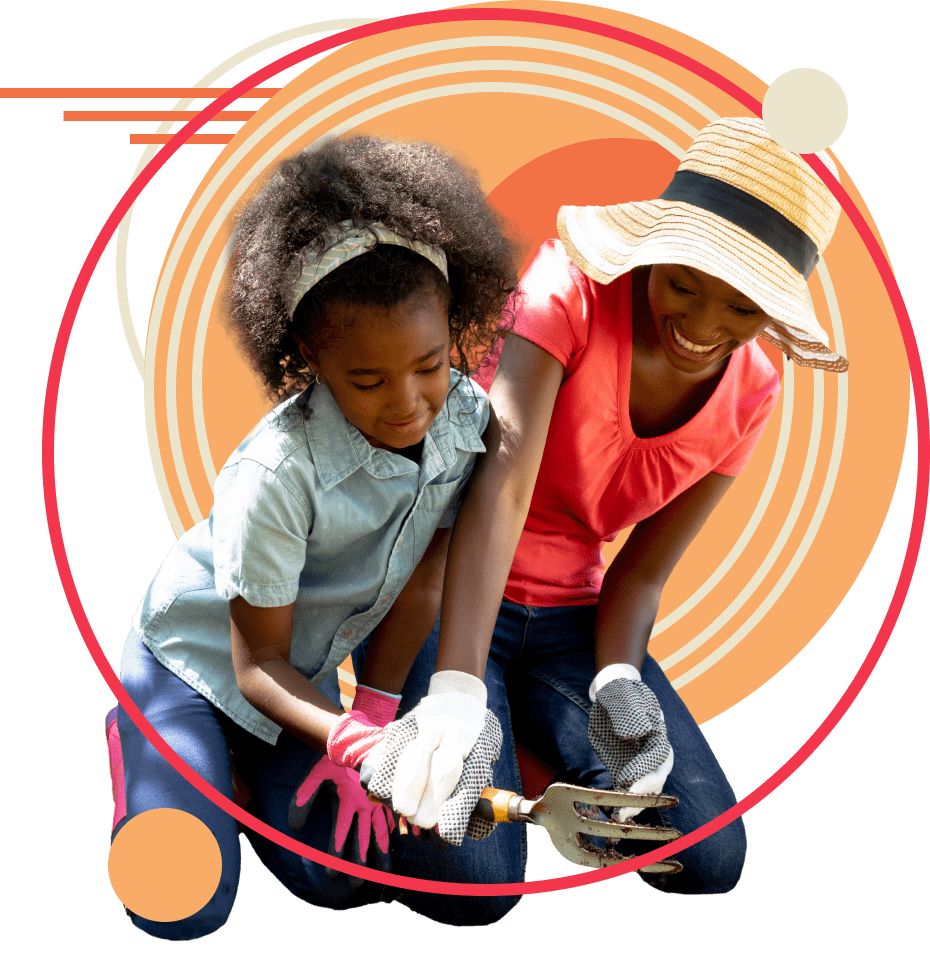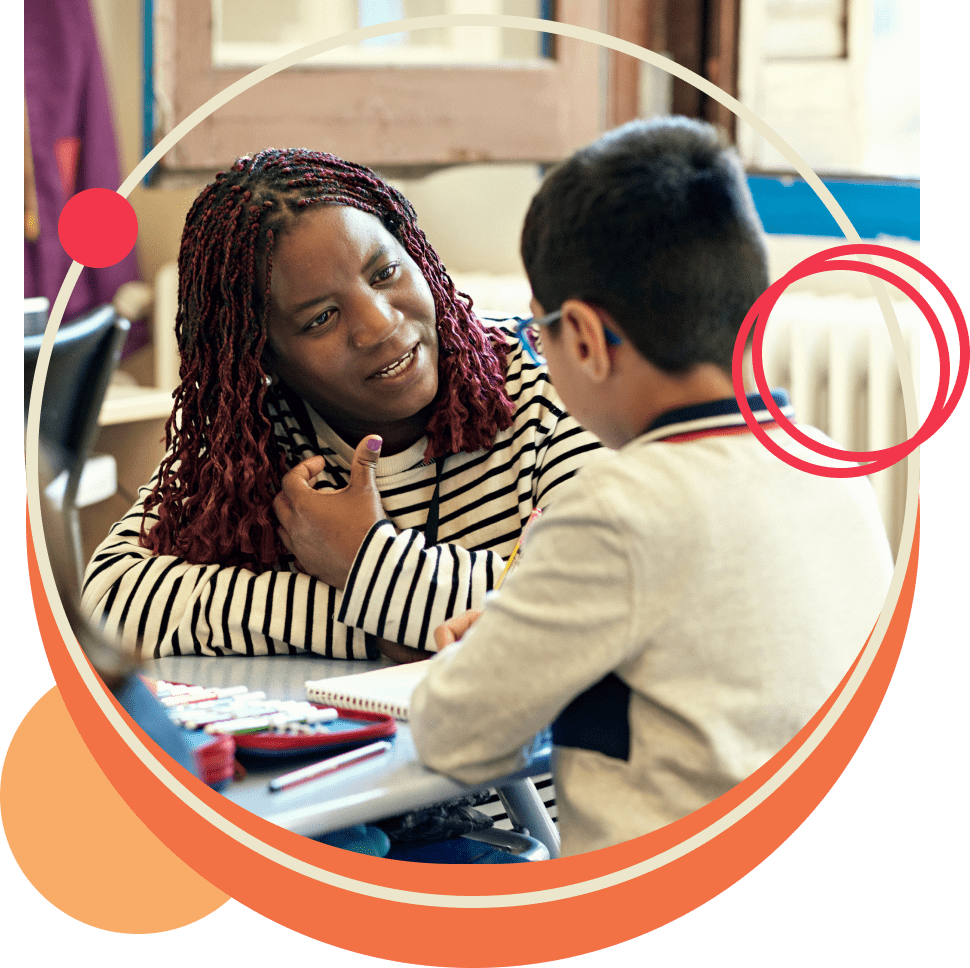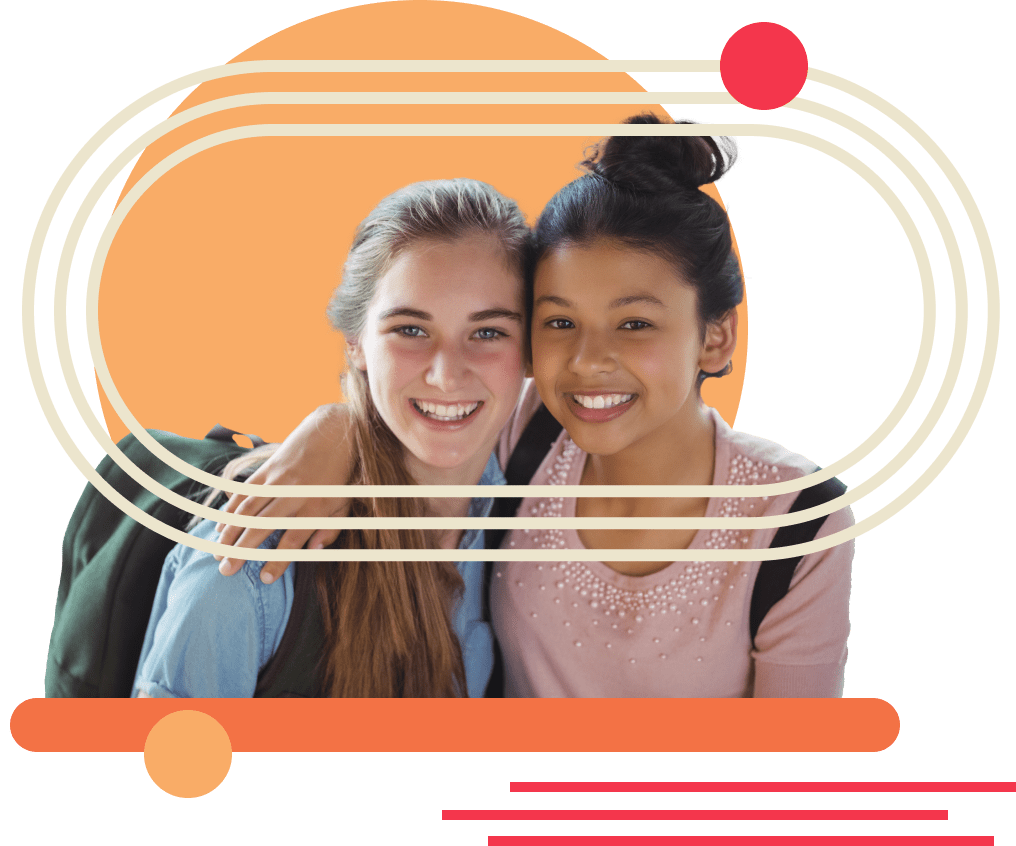Connects with who each and every child really is
Together We Can Make Education Whole
Each and every young person learns and develops in settings intentionally designed for them to thrive.
Whole-Child Design
Puts them at the center of their learning experience
Integrates their social, emotional, cognitive, and academic development
Develops learners as full people
THIS ISN’T JUST A LOFTY DREAM
THE SCIENCE BACKS IT UP
Research from the science of learning and development is optimistic about what we can accomplish when we integrate whole-child design into practice in ways that are personalized, culturally-affirming and transformative.
OUR MISSION
Turnaround for Children advances key insights from educator practice, scientific research and student experience so that together we can create equitable learning environments — settings that affirm the strengths, meet the needs and fully develop the abilities of each and every young person.
Our Strategy
Research and Development Grounded in Science
We create tools and resources so educators can implement whole-child design right now.
Building Educator Capacity
We work with educators to help them create equitable learning environments.
Mobilizing the Educational Ecosystem
We collaborate to build the foundation for a whole-child future, everywhere kids learn.
WHOLE-CHILD DESIGN IS MORE THAN A MOMENT
IT’S A MOVEMENT
Together we can make education whole. There are many ways to get started on whole-child design. How will you begin?




